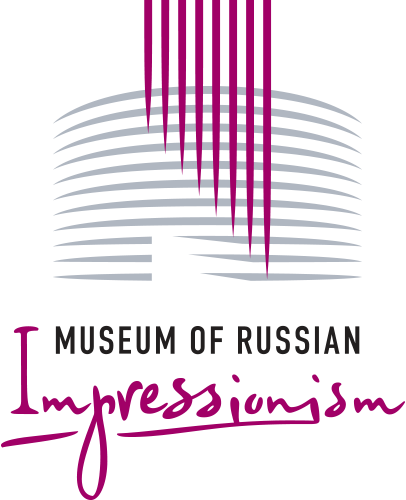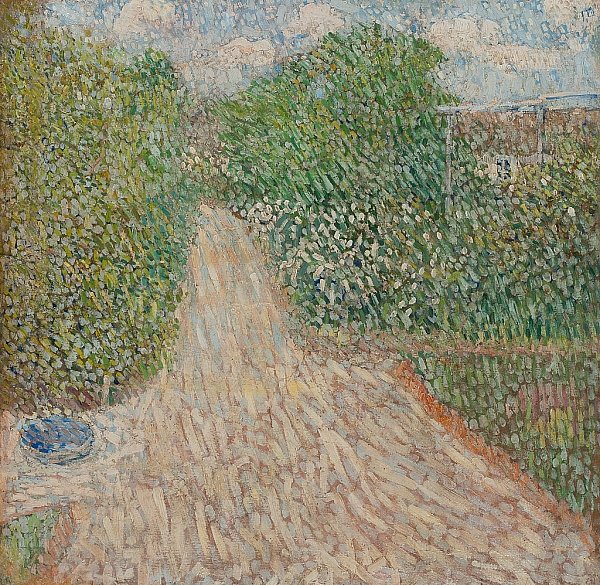Vladimir Baranov-Rossine (Daniel Rossine)
13.01.1888 - 25.01.1944
Vladimir Baranov-Rossine adopted the pseudonym Daniel Rossine in France, but he had been born Shulim Wolf Labe Baranov in the south of the Russian Empire. He received an excellent academic education at Odessa Art School and later at the St. Petersburg Academy of Arts. In 1910, the young artist came to Paris and began living in the famous studio complex La Ruche, or the Beehive, the same artistic complex where Modigliani and Chagall rented studios for nominal fees. In Russia, Baranov-Rossine had taken part in the first exhibition of Russian avant-garde, where his paintings were exhibited alongside the works of Natalia Goncharova, David and Vladimir Burliuk and Aristarkh Lentulov. In Paris, the paintings of Daniel Rossine were singled out by many, including the famous poet Guillaume Apollinaire, the same Apollinaire who would go on to coin the term “Surrealism”. After the Revolution of 1917, Baranov-Rossine returned to Petrograd. Inspired by the changes in his homeland, he dreamed of a free, new art. He created panel paintings celebrating the Revolution, and participated in the celebratory decoration of Petrograd to mark the first anniversary of the October Revolution, along with Boris Kustodiev and Kuzma Petrov-Vodkin. The artist rented a studio in the former building of the Academy of Arts, worked prolifically, and exhibited at numerous shows. Baranov-Rossine also taught at the Higher Art and Technical Studios (also known as Vkhutemas), and was even a member of the Panel for the Arts and Art Industry Affairs of the People’s Commissariat for Education. Baranov-Rossine also invented his own light and sound instrument, which resembled a piano with each key corresponding to a certain note and colour. Images would appear on its screen when melodies were played. In fact, the first “parts for light” of the “Optophonic colour and visual concert” were even performed at the Bolshoi Theatre. Yet in 1925 the artist left Russia forever. In France, he patented his optical piano and continued performing, as well as founding the first Optophonic Academy where he taught and pursued audiovisual research. Baranov-Rossine also was closely involved in the creation of “mobiles”, the first kinetic sculptures. He also created an instrument for preparing and dispensing carbonated beverages, another for the analysis and classification of precious stones, and a device for disguising military installations. However, the life of Vladimir Baranov-Rossine – this wonderful artist, musician, inventor and traveller – would be tragically cut short in 1944, in Auschwitz.




